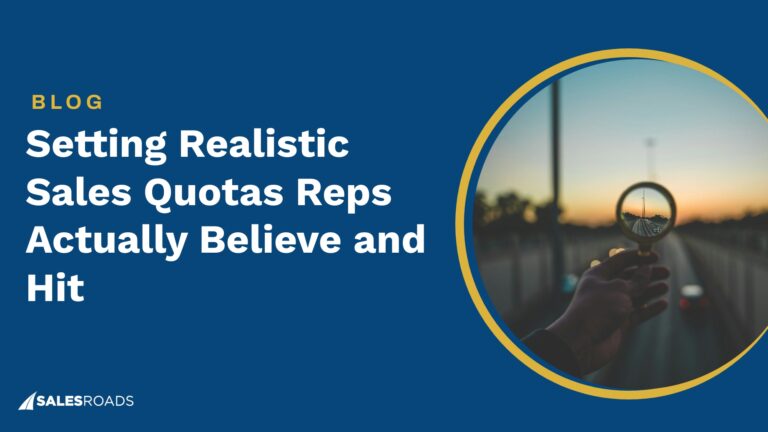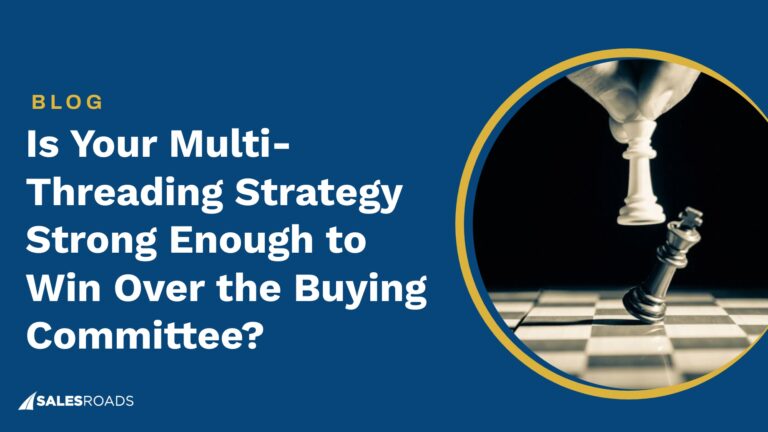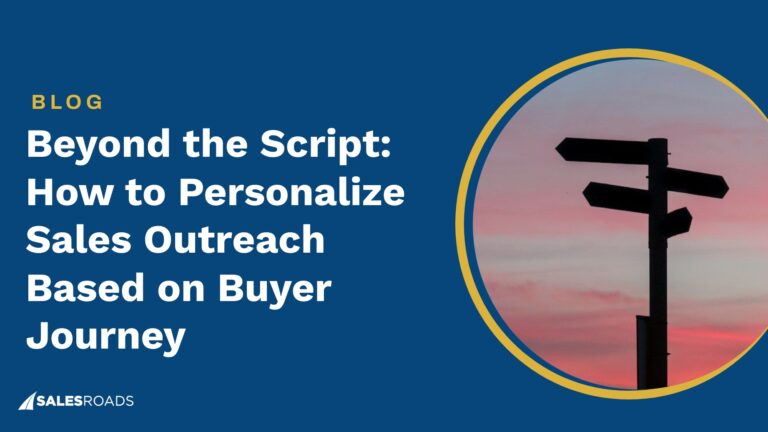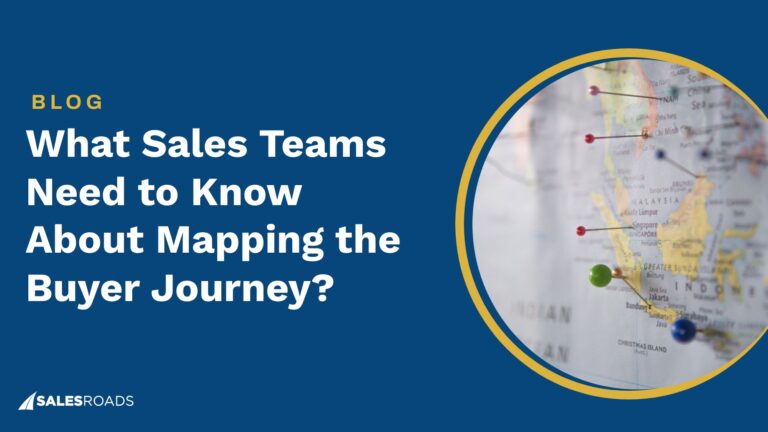Sales reps sit at the front line of revenue in enterprise sales. The Bridge Group reports that the median pipeline generated per SDR is $3 million annually.
They navigate complex buying committees, accelerate six-figure deals, and turn long, messy sales cycles into predictable revenue. But enterprise sales comes with unique challenges.
These deals often stretch beyond six months, and the average B2B buying committee now includes over 10 stakeholders. More decision-makers mean more priorities to align, and lower win rates if mishandled. So you need reps who understand how to navigate them.
Here’s how SDRs contribute to enterprise sales success:
Navigating the Enterprise Sales
Enterprise cycles are only getting longer.
Deals that used to close in three months now regularly stretch past six, sometimes taking more than a year. That’s not just red tape; it’s the reality of aligning multiple agendas, compliance checks, and strategic reviews.
And the bigger challenge is the more people involved, the less likely a deal is to move forward. This is where SDRs in enterprise sales shine.
Skilled SDRs act like organizational cartographers. They map out the web of decision-makers, influencers, budget owners, technical evaluators, even potential blockers so AEs don’t waste time flying blind.
An SDR who identifies these angles early helps the AE run a multi-threaded motion that speaks to each one, instead of relying on a single point of contact who can’t get the deal done.
On the Sell Like A Leader Podcast, Bob Spina, former enterprise sales leader at Gong, shared his “groundswell outbound” approach. The strategy helps reps map stakeholders, build multi-threaded relationships, and create enterprise-wide buy-in.
Smart SDRs use similar frameworks to penetrate new markets systematically. Listen to the episode here:
Driving Pipeline Growth
Enterprise deals don’t move fast, and they don’t move without persistence. These prospects (especially > $100K), need 200-400+ touchpoints. Without SDRs in enterprise sales, pipeline momentum collapses.
Enterprise reps focus on quality, not volume. They run account-based prospecting, digging into target accounts, understanding org structures, recent initiatives, tech stacks, and pain points. Outreach is crafted to show that your team knows the business.
And the KPIs are different. Enterprise SDRs aren’t measured by how many dials they crank out. The metrics that matter are pipeline coverage, progression from first contact to qualified opportunity, and meeting quality scores.
The goal is feeding the pipeline with enterprise deals that can actually close.
Ensuring Enterprise-Grade Lead Qualification
Every AE knows that nothing is more expensive than chasing a bad enterprise deal. Weeks of discovery, internal prep, and executive involvement wasted on an account that was never viable in the first place.
That’s why SDRs in enterprise sales qualify differently.
It’s not just BANT; it’s:
- Does this account have confirmed budget allocation, not just budget interest?
- Is there an executive sponsor willing to champion the initiative internally?
- Is there a measurable business case tied to ROI?
- Does the timeline realistically account for procurement, legal, and implementation?
AEs can focus on the right accounts when SDRs disqualify early. In fact, strong lead qualification processes generate 50% more sales-ready leads at 33% lower cost per lead.

In enterprise sales, where each deal can be worth millions, that efficiency translates into real revenue impact.
Personalizing at Scale
Enterprise buyers smell generic outreach from miles away. Send them templated garbage, and you’re not just losing the deal; you’re damaging your brand with key accounts.
Your SDRs in enterprise sales become business analysts. They study annual reports, track leadership changes, monitor industry regulations, and understand competitive dynamics. This intel enables messaging that hits different stakeholder concerns precisely.
This kind of research requires time and advanced tools, but the payoff is massive because enterprise deals are measured in six and seven figures.
Feeding Strategic Insights
Your enterprise SDRs hear things first. Market shifts. Competitive threats. Buyer preference changes. This intelligence shapes everything from product roadmaps to pricing strategies.
If SDRs consistently hear security concerns, product marketing needs stronger security messaging. If prospects mention a new competitor, competitive intelligence teams can investigate and respond. If multiple accounts request specific integrations, product teams get clear feature priorities.
De-Risking New Market Entry
Expanding into new verticals or markets with enterprise deals is high-stakes poker. One misstep costs you reputation and revenue that takes years to recover.
SDRs act as your market scouts. They validate assumptions before you commit heavy AE resources. They identify high-potential accounts, understand local business practices, and surface industry-specific pain points your solution might address.
On the Sell Like A Leader podcast, David Kreiger sit down with Terence Lee to unpack how SalesRoads fueled Protecht’s rapid growth, turning new market entry into a steady pipeline of qualified leads and long-term expansion.
It’s a strong example of how skilled SDRs in enterprise sales, backed by the right strategy and execution, can take a company from market entry to scalable success.
Listen the full episode here:
An Enterprise Case Study: Kuebix
Kuebix needed to break into large enterprises. Their target accounts were Fortune 500 manufacturers and distributors that had complex logistics teams, multi-department stakeholders, and long cycles.
SalesRoads SDR team took an account-based approach:
- Researched each enterprise deeply, mapping supply chain, procurement, IT, and executive contacts.
- Built messaging that tied directly to each account’s strategic initiatives, like cost reduction or sustainability goals.
- For one manufacturer focused on cutting emissions, SDR outreach centered on how Kuebix could reduce fuel consumption and carbon footprint.
As a results, 966 enterprise appointments booked, engagement from global enterprises like DuPont, and a pipeline that helped lead to Kuebix’s acquisition by Trimble.
Without that SDR groundwork, those doors might never have opened.
Bottom Line
Enterprise sales complexity alone creates risk.
A single misstep whether engaging the wrong contact, failing to align with procurement requirements, or overlooking a hidden influencer, can stall or kill a million-dollar opportunity.
This is where SDRs in enterprise sales prove their value. They keep opportunities moving during long cycles instead of having senior AEs spend their limited time chasing unqualified or half-ready prospects.
Without this groundwork, enterprise sales teams risk wasting months on the wrong accounts or worse, losing deals altogether to better-prepared competitors.










